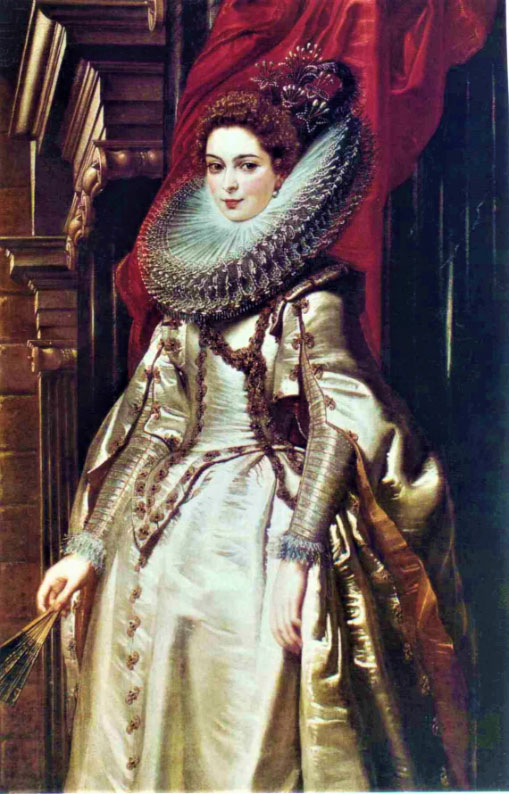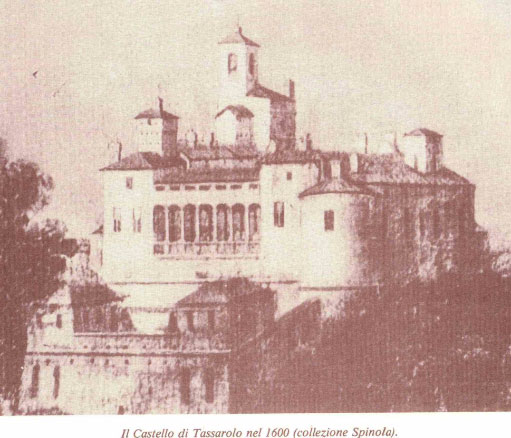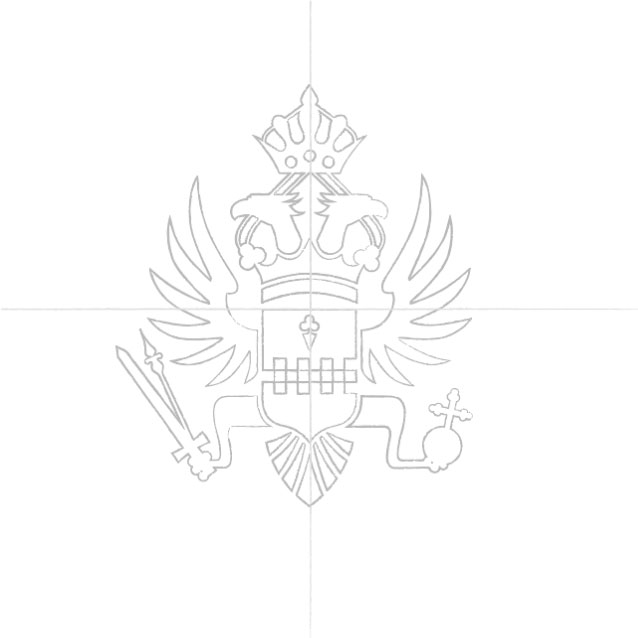The Spinola
The Spinola family is one of the oldest great families in the history of Europe. Their origins date back to the year 900 and their importance is comparable to that of the Medici in Florence. Amongst its past and present members, the family counts ship owners, cardinals, doges from the Republic of Genova, bankers and generals.
The Castel of Tassarolo stands in the centre of some ancient fortresses which once served to defend the vast property of the Spinola family, the state of Spinolino. For several centuries the Spinola family used those fortresses to control the only trade route between the Republic of Genoa and the European continent.

Very large sums of money were collected, with which the Spinola family started to finance enterprises and expeditions. Cristopher Columbus, for instance, was recruited in Lisbon by the Spinola Company, which later paid part of the costs of his discovery journey to America.
"It is a beautiful and strong castle,5 miles from Serravalle.It has around 80 families, but no subordinates. There is some good wine, every kind of bread, hay and meat of good quality, every kind of cheese…"

The Castle of Tassarolo
The Spinola family have been the owners of the Tassarolo Castle since 1300. The castle was built around a tower from the 11th century and was subsequently expanded and renovated, especially during the Renaissance. The part under the colonnade is the mint, where the Spinola family coined money until the end of the 17th century.
In a report commissioned by the emperor Ferdinand III in 1656 on his imperial fiefs the Tassarolo Castle is cited as belonging to Count Filippo Spinola: It is a beautiful and strong castle, 5 miles from Serravalle. It has around 80 families, but no subordinates. There is some good wine, every kind of bread, hay and meat of good quality, every kind of cheese…(from the State Archives of Vienna).
In fact, the ancient winemaking tradition of the family is also depicted in the family crest.

The spinola crest
The name Spinola is represented by the symbol of a spigot in the upper half of the shield, which was used to draw the wine from the large wood barrels, a reminder of the ancient tradition of winemaking which has been continued by the Spinola family to this day.
The most important symbol on the crest is the double-headed Eagle, which has its origins in the Ancient Roman Empire which stretched from Occident to Orient. The crown above the Eagles represents the Austro-Hungarian Empire, of which the Spinola family were emissaries, with their own crown of the Marchis depicted above the shield. The checkered stripe in the middle of the crest dates back to the days of the first Spinola who emigrated from Germany around 750 AD. The claw of the right Eagle is holding the symbol of the papacy and the world, while the claw of the left Eagle is clutching a sword and a scimitar, both symbols of imperial power.